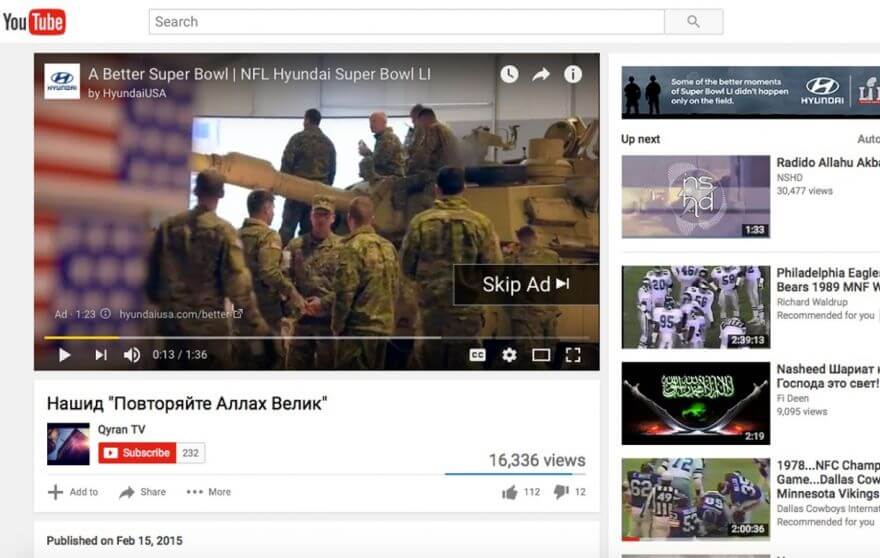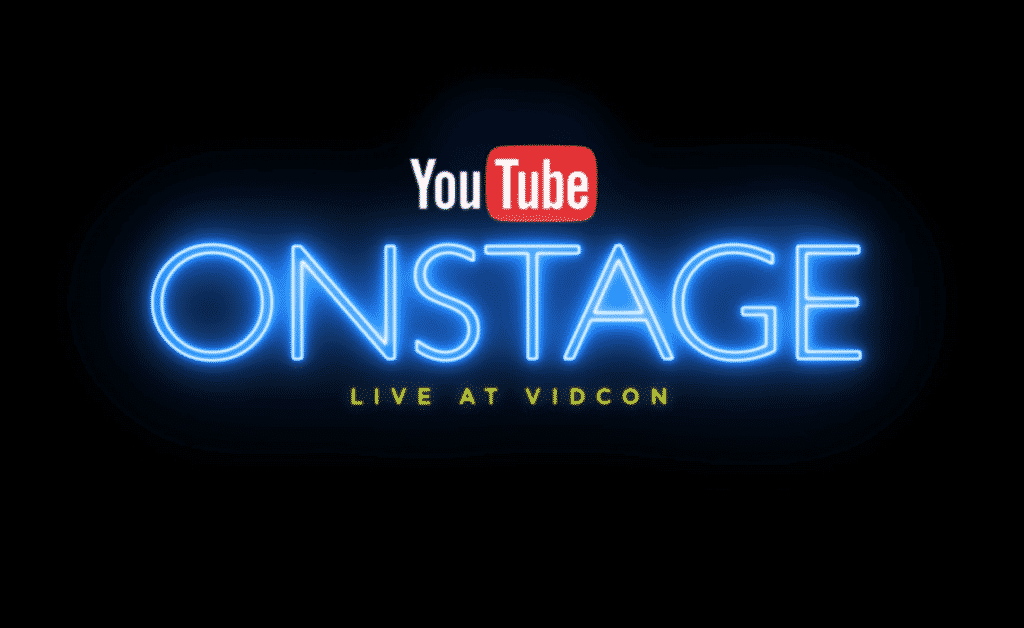YouTube liberated viewers and content creators from the censorship of traditional media.
It became a platform where people can express themselves freely without having to filter everything they say or do — as long as it’s within some basic moral boundaries. The most controversial videos are removed from the platform after being reported or found by an algorithm.
Things went well for YouTube for a while, until it was found that ads from big companies were being paired with videos featuring very violent and offensive content, some even advocating pedophilia, and it could have seemed to some like they were endorsing the content. Either way, it damaged their credibility to be associated with them. And so, many companies and advertisers began pulling their ad spend from the platform.
To resolve the issue, YouTube introduced stricter community and advertiser-friendly guidelines. Content creators who violate any of the provisions are given strikes and are at risk of demonetization.
Many content creators found the new guidelines limiting, or that they are misfiring and demonetizing seemingly harmless videos. Longtime and well-known YouTubers suddenly found themselves with strikes left and right despite uploading the same type of content they’ve been doing for years.
Is this the end of YouTube’s renaissance era? Find out how the current crackdown on “hateful” videos is threatening the expansion of YouTube’s rich repository of videos.
Massive Advertiser Boycott
One of YouTube’s claims to fame is that it’s one of the most comprehensive and compelling video libraries on the internet — and nobody can argue with that.
Part of what made YouTube great is the diverse range of content available for consumption on their platform. YouTube also had more relaxed censorship guidelines that allowed content creators to publish videos that wouldn’t be allowed on traditional media.
YouTube became home to some of the most relevant and viral videos on the internet, and advertisers were vying for a spot on the videos with the most views.
YouTube was able to grow a vast repository of videos over the years, which earned it the title of the second largest search engine on the internet.
But YouTube’s relaxed content guidelines soon became its crutch when brands realized their ads are running alongside videos that talk about sensitive or offensive topics, or downright evil stuff like beheadings and torture. Videos like that are taken down, but before that happens they may end up running ads.
This was brought to public attention in a major way when it was found that Super Bowl ads were being run on ISIS videos.

The lack of content filtration urged some brands to pull out their ad spend from YouTube, leaving content creators and YouTube at a financial crossroads.
The New & Improved Advertiser-Friendly Guidelines
In an attempt to appease brands, YouTube rolled out stricter guidelines that were designed to make the platform more advertiser-friendly.
YouTube announced their new guidelines during YouTube Onstage at VidCon 2017 held at the Anaheim Convention Center.

Image credit: Tubefilter
To make YouTube appealing to advertisers, they pranced around some big numbers that reinforced YouTube’s robust global reach, with over 1.5 billion logged in users monthly.
YouTube also explained the new parameters that determine a video’s eligibility for monetization. Videos that violate any of the guidelines become ineligible for monetization and may also receive strikes on their channel.
The following kinds of videos are automatically deemed not advertiser-friendly:
- Videos that talk about controversial or sensitive topics or events, either in the video or in the title
- Videos that promote or feature the use of illegal drugs and other dangerous substances
- Videos that promote dangerous acts that result in serious harm
- Videos that are offensive, disparaging, or hateful towards a race or group of people
- Videos that contain frequent explicit language (occasional use is not necessarily an infringement)
- Indecent or demeaning videos towards a person, race, or group of people
- Videos that focus on violence without additional context
- Videos that feature family entertainment characters engaging in violence, sex, etc.
- Videos that are sexually suggestive
The new parameters that determine a video’s eligibility for monetization show YouTube isn’t kidding about making their platform advertiser-friendly again.
By the way, have you ever thought about purchasing a few thousand YouTube Views for your channel? This is a great way to boost your social proof and get more organic Views from real users. Avoid the scams and check out our reviews so you can buy from reputable providers who deliver high-quality Views as promised.
YouTube Doesn’t Trust YouTubers Anymore
Content creators are saying that the new guidelines are limiting the variety of videos that are on the platform, and are demonetizing even those videos that are not offensive or hateful in nature.
Matan Uziel is the person behind the YouTube channel Real Women Real Stories. On his channel, Uziel creates videos that aim to empower women who have faced forms of abuse.
Despite the positive message behind his channel, Uziel has received demonetization notices for a few of his videos. YouTube cited that the reason for the demonetization was that the channel features sensitive topics that may be triggering to some viewers.
This is causing a significant loss of revenue for many creators. Popular YouTuber Philip DeFranco has reported a 30% drop in revenue, and H3H3 Productions reported an 85% drop in revenue.
Some of the biggest YouTubers are looking to more content-friendly platforms such as Patreon to augment their lost earnings from YouTube.
Patreon is a membership platform that lets viewers directly fund their favorite YouTubers, often in return for exclusive content that you can’t get otherwise.
It’s apparent that YouTube’s current efforts to crack down on hateful content has definitely divided viewership and the diversity of content available on their platform.
Should You Leave YouTube?
If you’ve been on YouTube for a while and have grown a successful channel, you know exactly how hard it is to get to where you are right now.
YouTube is the most visited video sharing platform on the internet and you can’t get that traffic anywhere else.
Abandoning YouTube when times are tough won’t help your career as a content creator. The best thing you can do right now is to continuously publish valuable content for your subscribers.
While some few are abandoning ship, you should invest your time and energy in improving your channel and nurturing engagement among your viewers.
Bad Videos Beware
YouTube is dead set on making their platform safe for advertisers again. If you want to continue earning ad revenue from your videos, you need to familiarize yourself with the new guidelines.
Demonetization notices can be appealed by content creators on YouTube. As long as you’re not making videos that aim to hate, shame, or offend anyone on the internet, you shouldn’t have anything to worry about — but as we’ve seen, that might not always be the case.
The best way to weather any storm on YouTube as a content creator is by strengthening your content and marketing strategy.
Re-think your current content strategy to make sure you’re not violating any of the rules. Also, buy a few thousand YouTube Views to give yourself a buzz-worthy appearance in the eyes of your viewers. The more Views your videos have, the more likely people will be to click over and watch them.
Things are changing fast on YouTube and you must learn to adapt to keep your channel — and your ad revenue — afloat.
Date: November 27, 2017 / Categories: Explainer, / Author: Mariko